1. The Art of Disguising Meals as a Challenge

If you think mealtime at the zoo is just about tossing food into an enclosure, think again. Zookeepers go to great lengths to make sure animals don’t just eat but also engage with their food in ways that mimic their natural instincts. Instead of serving meals on a plate, food is often hidden inside logs, buried under sand, or even frozen in giant ice blocks. This isn’t to make things harder—it’s to encourage problem-solving and keep animals mentally engaged. Searching for food, tearing apart objects, and figuring out how to access hidden treats all mimic the challenges animals face in the wild.
For predators, like big cats and bears, keepers may suspend food from trees, forcing them to jump and stretch as they would when hunting. Even herbivores get special treatment, with leafy greens sometimes placed in puzzle feeders that require them to manipulate objects to access their food. This kind of enrichment prevents boredom and ensures animals don’t lose their natural abilities just because they’re in captivity. It’s a trick that makes every meal an adventure and keeps animals sharp, engaged, and physically active.
2. Scent Trails and Mystery Scents
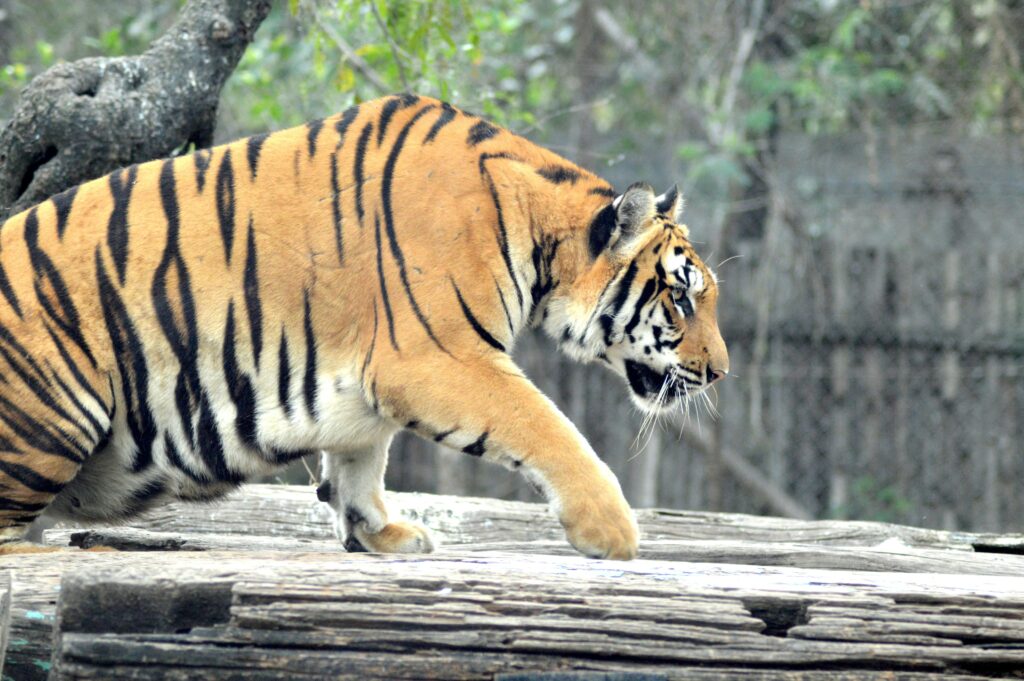
Imagine how dull life would be if every day smelled exactly the same. For animals, scent is an essential part of how they experience the world, and zookeepers take full advantage of that. One of their secret tricks is creating scent trails—placing different smells around an enclosure to encourage animals to explore and investigate. These scents can be anything from herbs and spices to the natural scent of another animal. For predators, the smell of prey (even just a tiny trace) can activate their hunting instincts, prompting them to stalk, pounce, and engage in natural behaviors.
Some zoos even use scents from other animals to spark curiosity or encourage interaction. A tiger might suddenly become interested in a tree that was recently rubbed down with the scent of another big cat, leading to natural scent-marking behaviors. Elephants, with their extraordinary sense of smell, can be seen tracing scent trails with their trunks, searching for the hidden source. These subtle tricks make an enclosure feel more dynamic and unpredictable, ensuring animals don’t fall into a monotonous routine. It’s a simple but effective way to keep them mentally stimulated.
3. Training for Fun, Not Just Obedience

When people hear about animal training at zoos, they often assume it’s just about getting animals to behave. But in reality, training sessions are designed to be fun, rewarding, and mentally engaging. Many animals are taught to perform natural behaviors on cue—not just for entertainment but to keep their minds sharp. Dolphins, for example, love learning new tricks because it taps into their problem-solving abilities and strengthens their bond with trainers.
For land animals, training might involve something as simple as responding to a call or voluntarily walking into a crate for veterinary checkups. Instead of using force, zookeepers rely on positive reinforcement, meaning animals are rewarded with treats, praise, or their favorite toys whenever they successfully complete a task. This ensures that training is something they actually enjoy, rather than something they endure. Over time, it becomes a highlight of their day, providing a sense of purpose and engagement that’s crucial for their well-being.
4. Seasonal Enrichment to Keep Things Fresh
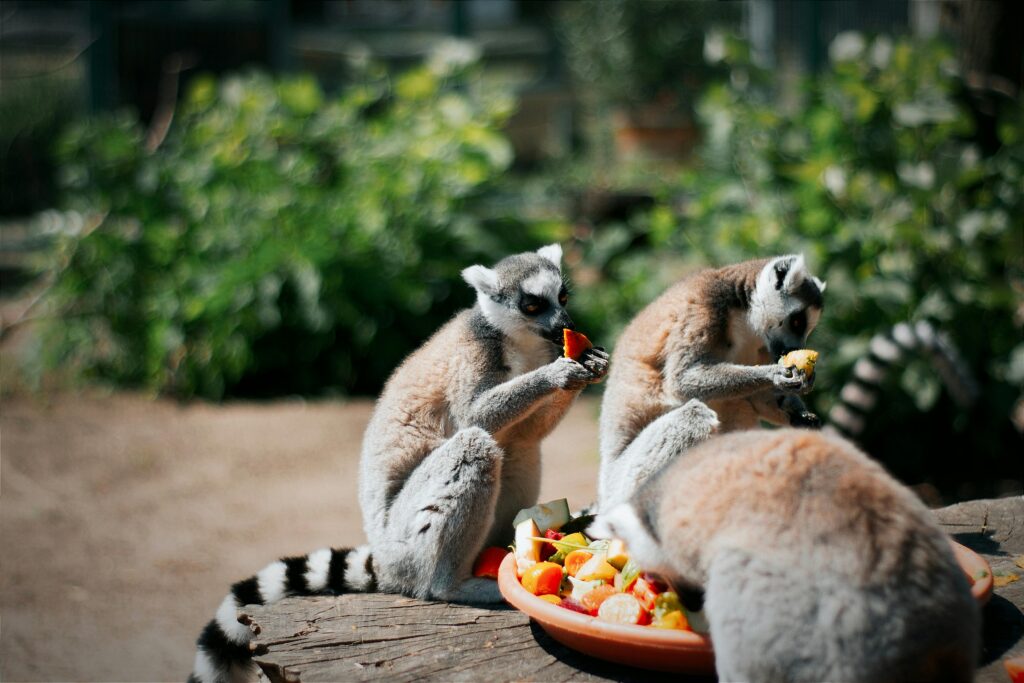
Just like humans get excited about the change of seasons, zoo animals also benefit from seasonal shifts in their environment. Zookeepers frequently switch things up by introducing different elements depending on the time of year. During the summer, animals might get frozen treats packed with fruit or meat, which help them cool down while also providing a fun challenge. In the fall, keepers often introduce pumpkins and gourds for animals to play with, tear apart, or even eat. These seasonal surprises keep things fresh and prevent enclosures from feeling stagnant.
Winter months bring their own set of enrichment opportunities. Some zoos allow polar bears and other cold-loving animals to enjoy real snow, while others create artificial snow piles for animals that wouldn’t normally experience winter. Even tropical animals get seasonal surprises, like extra bedding to burrow into or warm hideaways to snuggle in. These seasonal changes ensure that life in a zoo is never predictable and that animals always have something new to explore, interact with, or be curious about.
5. Social Experiments with Unlikely Friends
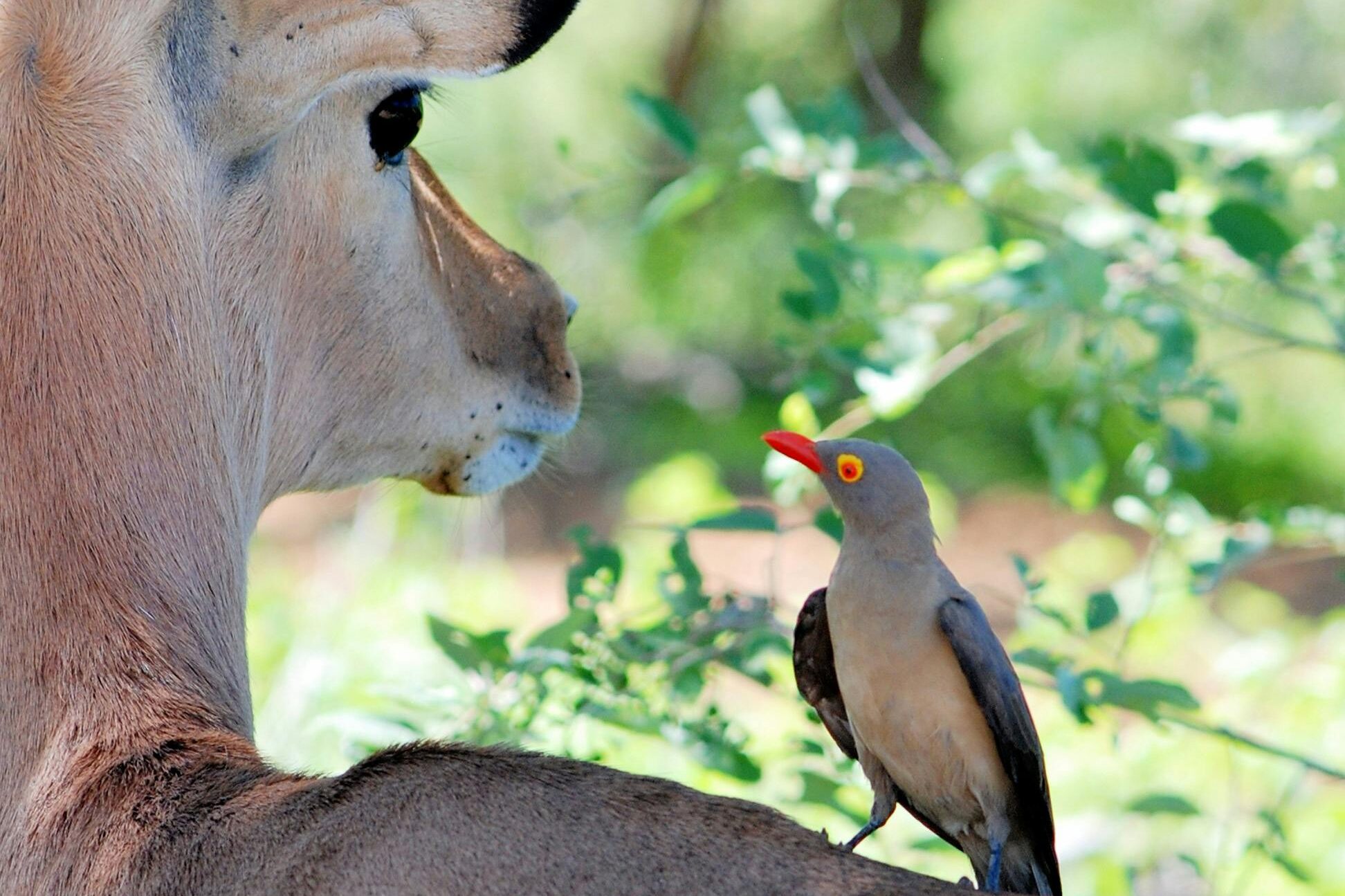
One of the most heartwarming tricks zookeepers use is introducing unexpected friendships between different species. Not all animals need to be with their own kind to be happy. In fact, some thrive when paired with a completely different species that offers companionship, stimulation, or even protection. For example, cheetahs are sometimes paired with dogs as emotional support companions, helping them stay calm and confident in captivity. Tortoises and monkeys have been known to form unusual but endearing bonds, with monkeys riding on their shells or engaging in playful antics around them.
These cross-species relationships aren’t forced—they happen because zookeepers carefully observe behaviors and introduce animals that seem to have compatible personalities. A lonely giraffe might find comfort in the company of an ostrich, while a goat could provide playful interaction for a young zebra. These unexpected friendships not only keep animals engaged but also highlight how adaptable and social many creatures truly are. When done right, these pairings create some of the most touching moments in any zoo.
6. Simulating the Thrill of the Hunt
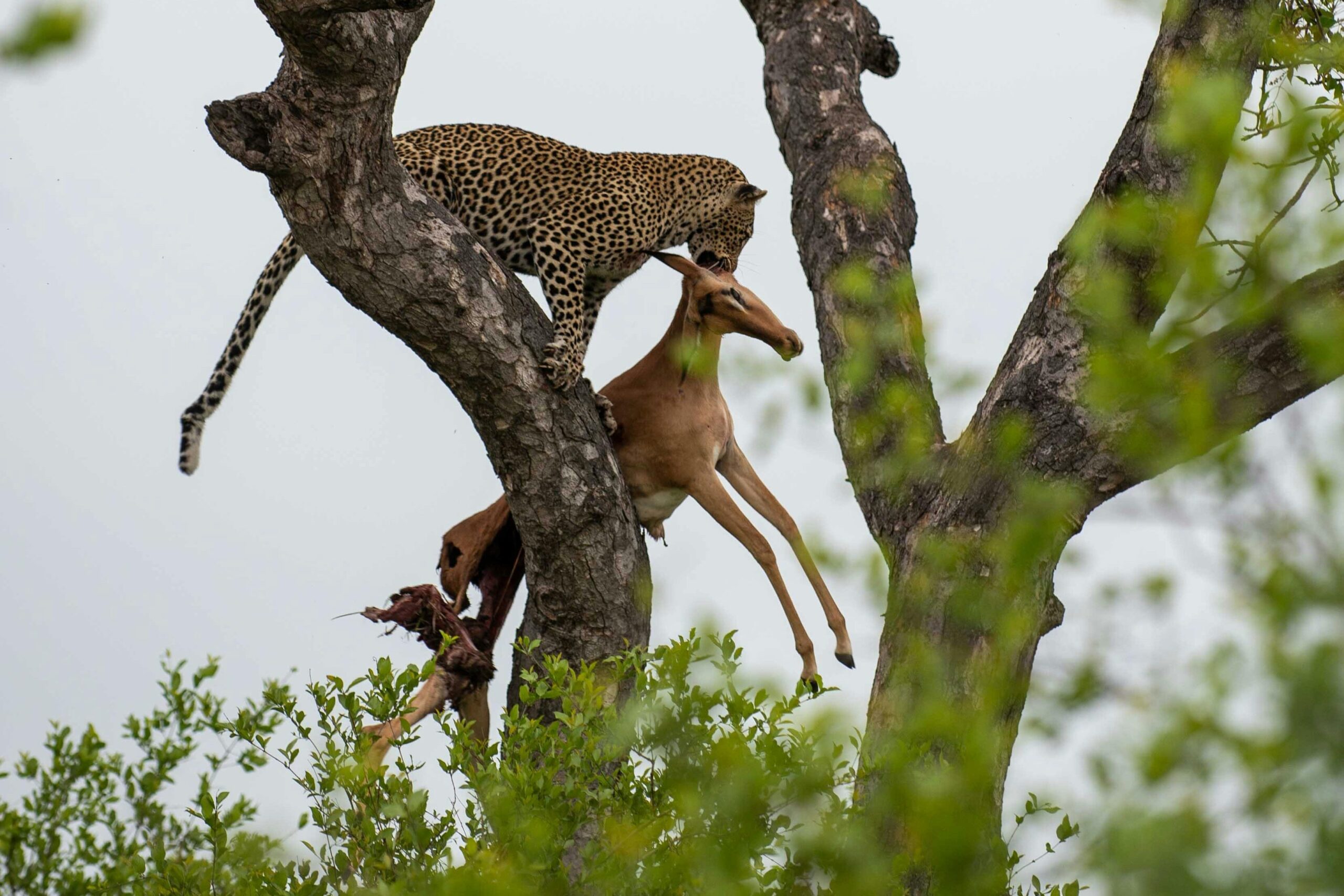
Predators are built for the chase, but in captivity, their meals come without effort. To keep them engaged, zookeepers create ways to simulate the thrill of hunting. This could mean using remote-controlled prey dummies that move unpredictably, forcing big cats to stalk, pounce, and chase. Sometimes, keepers drag meat on a rope through enclosures so that animals have to track it down just as they would in the wild. Even something as simple as rolling food-filled balls through an exhibit can encourage natural predatory instincts.
For smaller animals like meerkats, live insects are often introduced, allowing them to dig, pounce, and forage as they would in their natural habitat. Birds of prey are given opportunities to catch food mid-flight, mimicking how they would hunt in the wild. These techniques don’t just make mealtime exciting—they help maintain physical fitness, prevent frustration, and keep animals behaving as nature intended. Without this kind of stimulation, predators could become sluggish or even exhibit stress-related behaviors, making this an essential part of their well-being.
7. Encouraging Problem-Solving with Puzzle Feeders
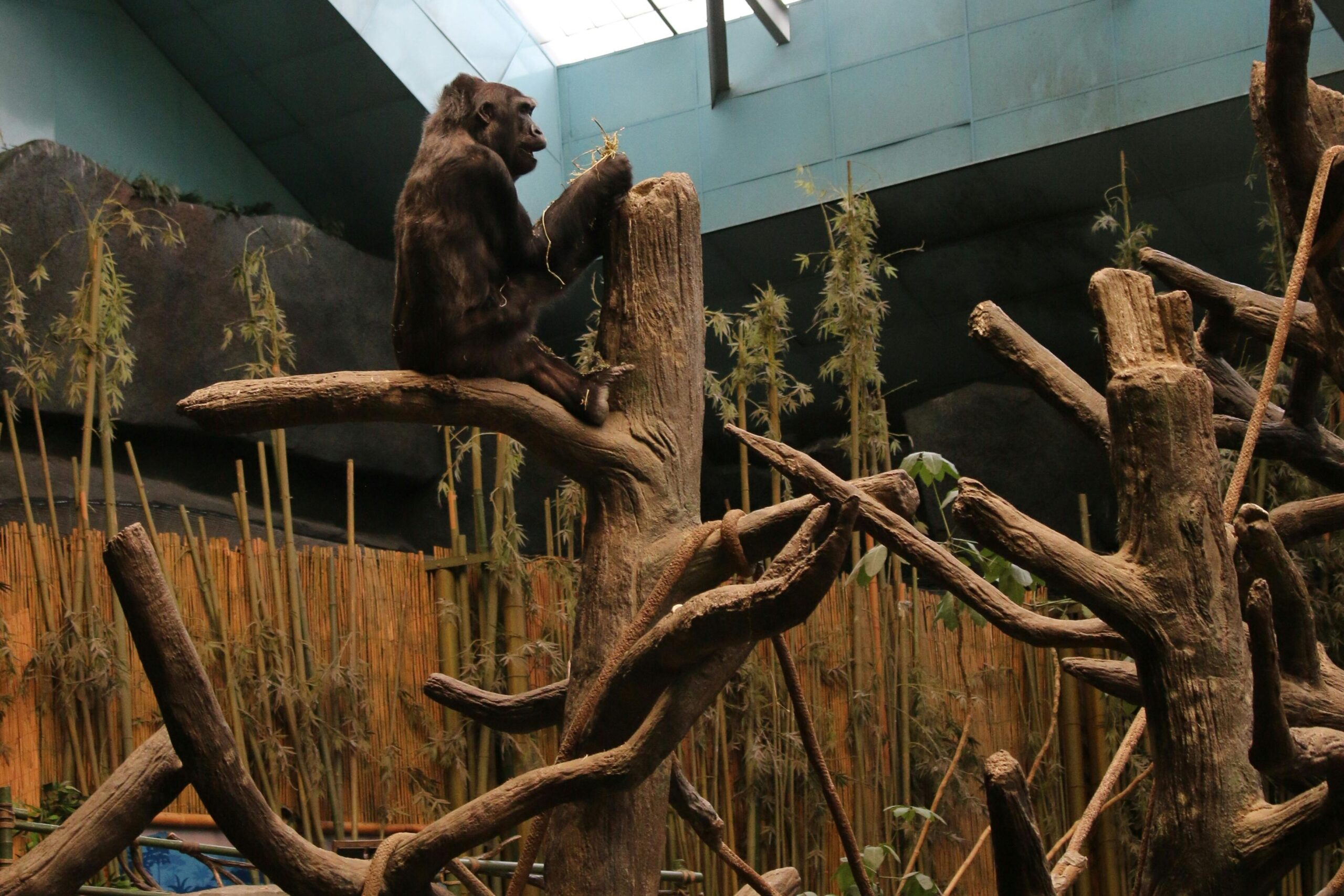
Animals are smarter than we often give them credit for, and zookeepers know this well. That’s why many zoos incorporate puzzle feeders into daily life. These aren’t just feeding stations—they’re challenges that require thought, dexterity, and patience. For primates, this might mean a box with hidden compartments that they must figure out how to open to reach a tasty treat. For bears, it could be a log stuffed with honey and berries that takes time to dismantle. Even aquatic animals, like otters, are given floating puzzles that require them to maneuver objects in just the right way to get food.
These brain-teasing activities prevent boredom, which is a common issue in captivity. When animals don’t have to work for their meals, they can become restless or even develop negative habits like pacing or excessive grooming. Puzzle feeders ensure that every day offers a small mental workout, keeping animals engaged and satisfied. By constantly changing the puzzles and making them progressively harder, keepers ensure that no two days feel exactly the same, which is essential for an enriched life in captivity.
8. Music, Movies, and Unexpected Entertainment
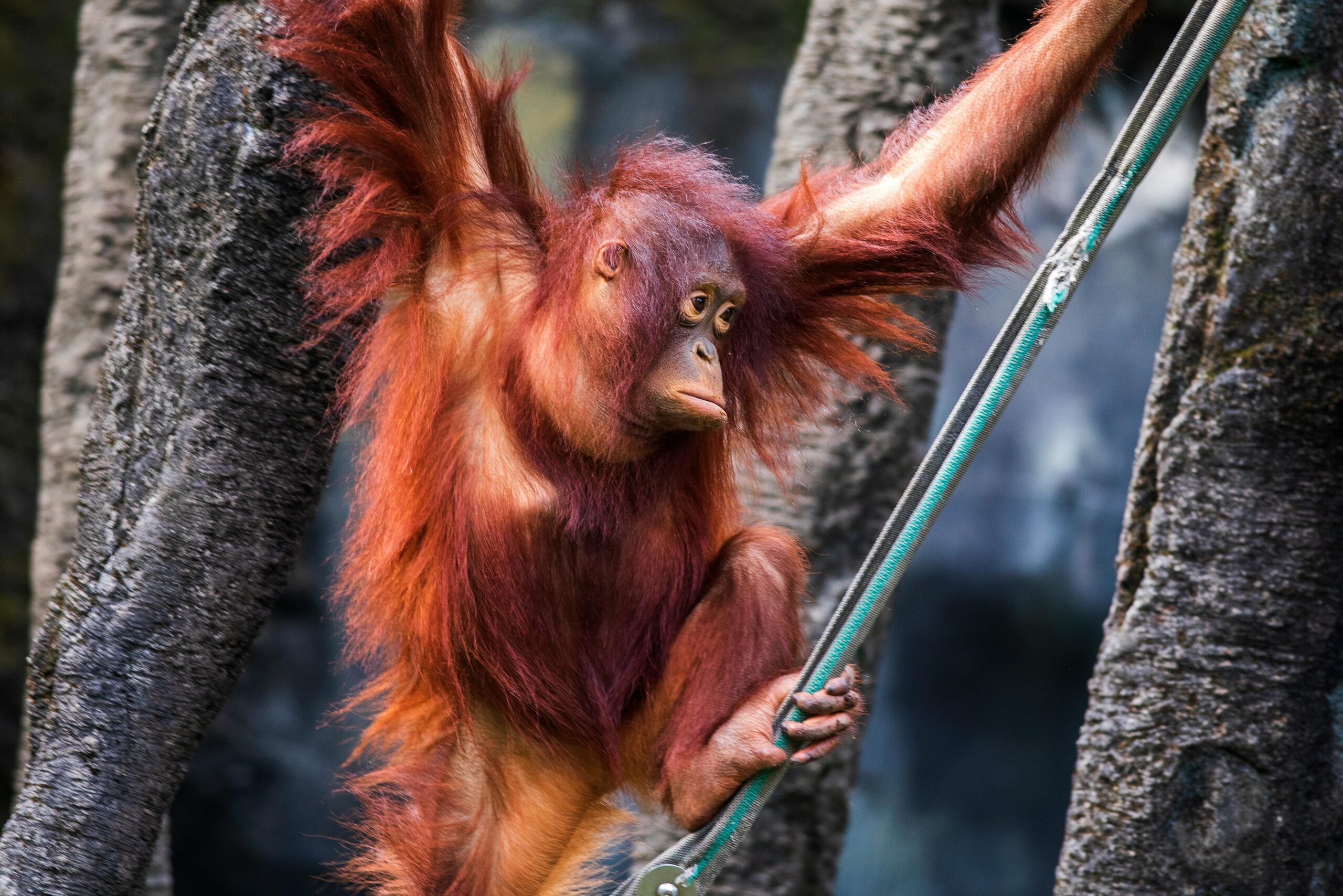
Yes, some zoo animals enjoy music, and no, zookeepers aren’t just playing tunes for their own amusement. Studies have shown that certain types of music can relax animals, while others energize them. Elephants, for example, have been observed responding positively to classical music, while some primates seem to enjoy rhythmic beats. Zookeepers sometimes play calming sounds in enclosures or even allow animals to “choose” music by interacting with different buttons that play various tunes.
Some animals also enjoy watching videos. Apes, with their human-like curiosity, can be fascinated by nature documentaries, while dolphins may be intrigued by moving images on screens placed near their tanks. Keepers even introduce mirrors in certain enclosures to encourage self-exploration. Entertainment like this can be a great way to enrich animals’ daily lives, giving them something new to observe, interact with, or respond to. While it might seem odd to think of zoo animals enjoying their own version of TV time, it’s a creative way to keep their minds engaged.
9. Creating Ever-Changing Environments
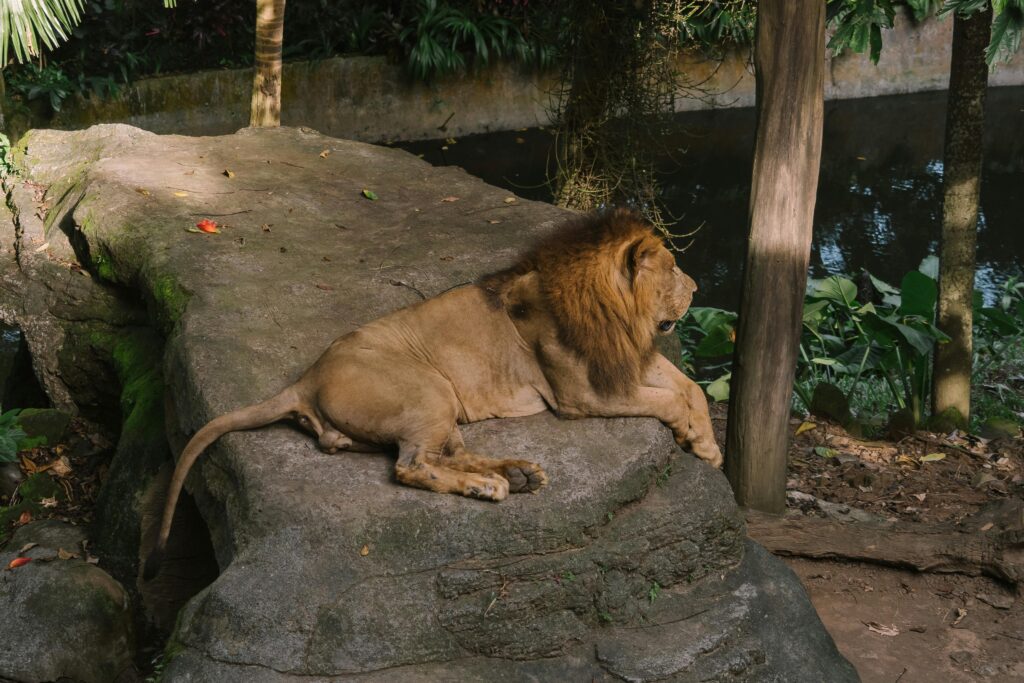
Imagine if your house never changed—same furniture, same layout, same routine. It would get old fast. Animals feel the same way, which is why zookeepers frequently alter enclosures to keep things fresh. Logs, rocks, and perches are moved around, new climbing structures are added, and even entire pathways within an enclosure can be changed. This encourages animals to explore their environment as if it were new each time.
For species like monkeys and big cats, these changes can spark curiosity and playfulness. A simple addition, like a new tree branch or hanging rope, can lead to hours of climbing, swinging, and problem-solving. Even ground-dwelling animals like wolves benefit from shifting landscapes, as changes in terrain encourage natural tracking and exploratory behaviors. By keeping the environment dynamic, keepers prevent animals from settling into a repetitive routine, ensuring their daily lives remain stimulating and engaging.
10. The Power of Positive Relationships
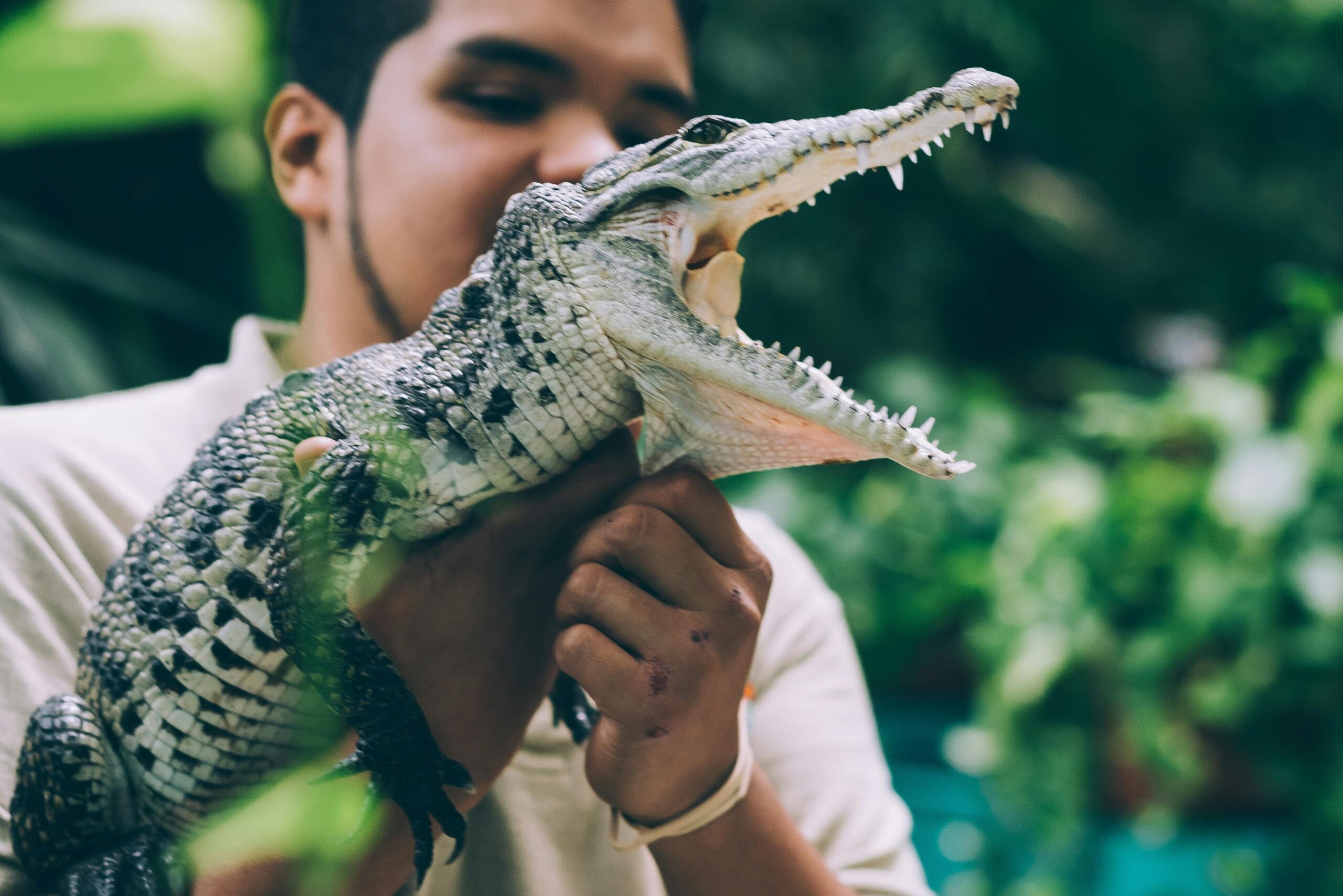
One of the most overlooked yet crucial tricks of keeping animals happy is the bond they share with their caretakers. Zookeepers aren’t just there to feed and clean—they become trusted figures in the animals’ lives. Through consistent, positive interactions, keepers build relationships that allow animals to feel safe, secure, and even excited for human contact. This is particularly important for intelligent animals like elephants, gorillas, and parrots, which can form deep emotional connections.
For many animals, the presence of a familiar and trusted caretaker can ease stress, making medical checkups or training sessions much smoother. These bonds also allow zookeepers to better understand individual personalities, recognizing when an animal is acting differently or might need extra attention. While zoos strive to replicate natural habitats, the human-animal relationship is an unavoidable part of captivity—and when done right, it becomes a source of comfort, engagement, and enrichment for the animals in their care.


